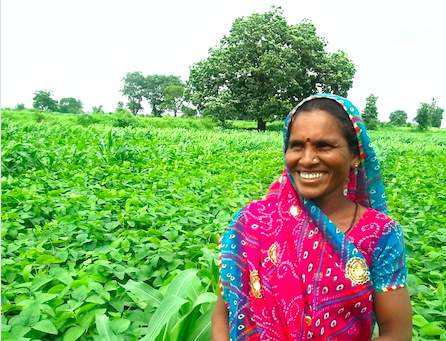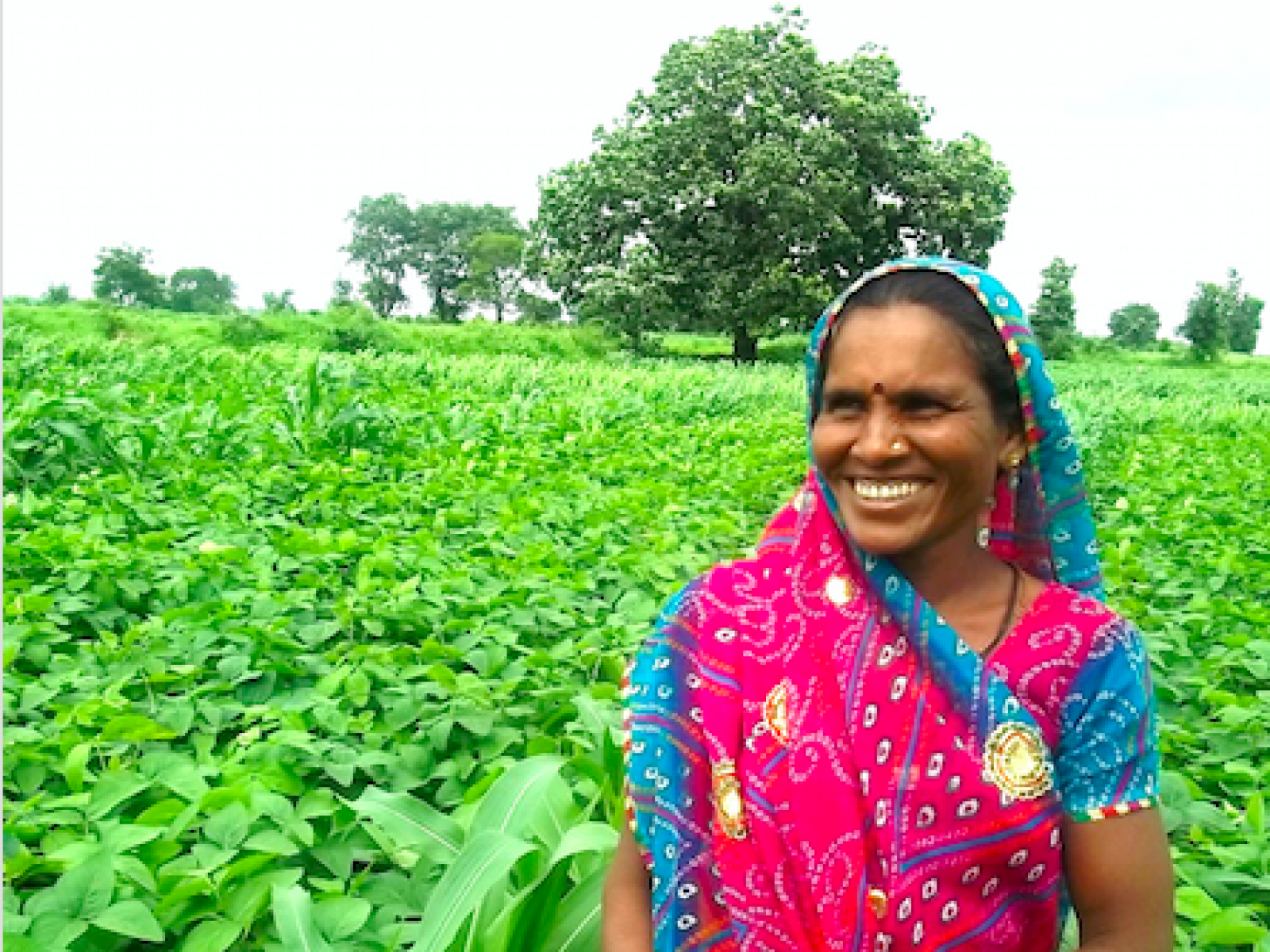An Overview Of Our Solution
- Population Impacted:
- Continent: Asia
Organization type
Population impacted
Size of agricultural area
Production quantity
People employed
Describe your solution
Describe your implementation
External connections
What is the environmental or ecological challenge you are targeting with your solution?
Describe the context in which you are operating
Aga Khan Rural Support Programme is working in central India mostly with the native small and marginal farmers on the issues of land, water and forest management. The three regions face a gamut of livelihood challenges such as recurrent drought, soil salinity, distress migration, poor productivity from the farm. The average land holding of ranges from 0.04-0.8 hectares making a majority of population dependent on subsistence farming. The household income of these farmers vary from $300- 1000 per year from which they have to take care of their livelihoods. We work with over 0.2 million households in 2033 villages spread across these locations where over 6182 institutions are operational for community led development. We are promoting sustainable agriculture practices in 20077 hectares. For nutrition and food security we are working with 2673 households with interventions such as System of Crop Intensification, Landless Garden, Nutritional Garden and Backyard Garden. We have also worked towards sustainable development goals by working for soil and water conservation in over in 966 hectares of land with a cumulative of 49267 hectares.
How did you impact natural resource use and greenhouse gas emissions?
Language(s)
Social/Community
Water
Food Security/Nutrition
Economic/Sustainable Development
Climate
Sustainability
The intervention is economically viable as it is run by handful of SHG based enterprises enabled in production packaging and marketing at a suitable price. The benefits of product have been extended on large scale which is why SHGs are doing well without the direct presence of the AKRSP-India. Although an initial grant was undertaken for the newer areas where the product was promoted and set up was made with the SHGs later on completely undertaken by the village based enterprises. The product does not seek government subsidy while it seeks identification of the product for use in crops, as it is a bio-product and government has been approached for promotion of the product in their extension programme.
Return on investment
Entrant Banner Image

